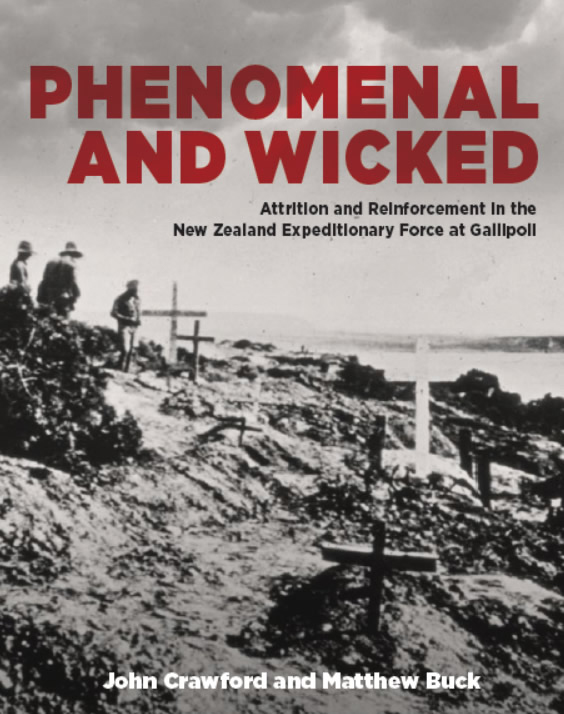For many years after the Gallipoli campaign it was thought that just 8556 New Zealanders landed on the peninsula. Proportional casualty figures for New Zealanders were correspondingly higher.
Then, four years ago, previously lost records were uncovered which suggested the actual number of Kiwis at Gallipoli was at least 16 000. Further research by the New Zealand Defence Force has confirmed this and the research is fully downloadable online. Key points from the report’s conclusion:
As conclusively shown in this study and in earlier work, the assertion in General Sir Ian Hamilton’s preface to Fred Waite’s The New Zealanders at Gallipoli that only 8556 NZEF [New Zealand Expeditionary Force] personnel landed at Gallipoli does not withstand serious analysis. As early as 1919, Waite himself was convinced that the figure was wrong. It is, therefore, surprising that this assertion, which implied that NZEF attrition was exceptional and very different from that of allied units, should have gone largely unchallenged for so long …
The new evidence uncovered and the additional analysis undertaken for this study clearly demonstrate that the 16,000–17,000 figure in the [2016] interim report is correct. Unfortunately, the limitations of the surviving evidence preclude us reaching a more definite estimate. The new suggested figure means that New Zealand soldiers at Gallipoli probably suffered rates of attrition similar to those of their Australian counterparts. It cannot be argued from present data that New Zealand suffered disproportionate losses …
The NZEF was unable to maintain its units at Gallipoli at full strength throughout the whole campaign because even New Zealand’s well-thought-out and generally well-executed reinforcement programme could not cope with the level of attrition encountered. As the British commander in Egypt commented to [NZ Commander General Sir Alexander] Godley in September 1915, ‘the appetite of the Dardanelles for men has been phenomenal and wicked!’ The attrition rates for NZEF (and the AIF units of the NZ & A Division) revealed by the returns submitted on 23 September 1915 are shocking and make it clear why so many NZEF soldiers were needed on the peninsula.
This New Zealand work, level-headed and painstaking as it has been, shows the power of confronting myths with evidence. The New Zealand Defence Force authors, John Crawford and Matthew Buck, and their associates ‘piece together a story that corrects faulty assumptions that for decades distorted how we saw our nation’s involvement at Gallipoli’. There should be more such efforts.
26 April 2020
